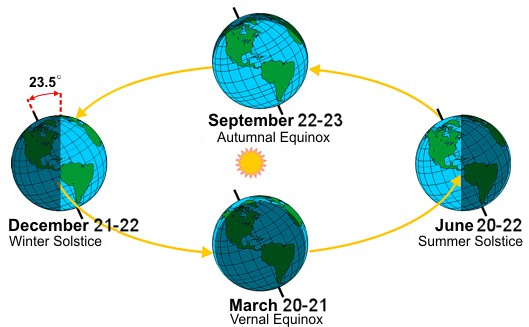1121
Flat Earth Investigations / Re: Possible Issue with Solar Noon in Round Earth Theory
« on: April 26, 2018, 07:21:35 PM »Consider if the September Equinox in the above illustration was at Solar Noon. Solar Noon is when the Sun is directly overhead.You're right. It can't. That's why the last solar noon (on the 365th day) happens before the end of the solar year. Those two moments don't coincide. If starting the measure of the solar year is at the equinox (you've chosen September instead of March, but whatever), that isn't at solar noon either (necessary; I mean it could be on rare occasions.)
After 1 Solar Year the Solar Noon can't be Solar Noon plus 5+ Solar Hours. The sun would be pointing off into space. How does that work?
Solar day doesn't have to start at solar noon either. You could pick any measurable moment of sun elevation and use that as a starting point. But the day is the amount of time to rotate and see the sun back at that point.
Similar with solar year. Doesn't have to start count at an equinox. It's just a good marking point. But the amount of time for the earth to complete its orbit to get back to that point, relative to the sun, is a solar year.
For illustration purposes, you can start the measure at solar noon and, for the sake of understanding, assume that is also the time of the vernal (Spring) equinox. Let the motions occur and at the next vernal equinox, it won't be solar noon. That's because that 365th solar noon happened earlier, before the equinox was reached. When the equinox is finally reached (completing the solar year), about 5.5 to 5.8 more hours will have elapsed because the earth kept rotating until vernal equinox.



